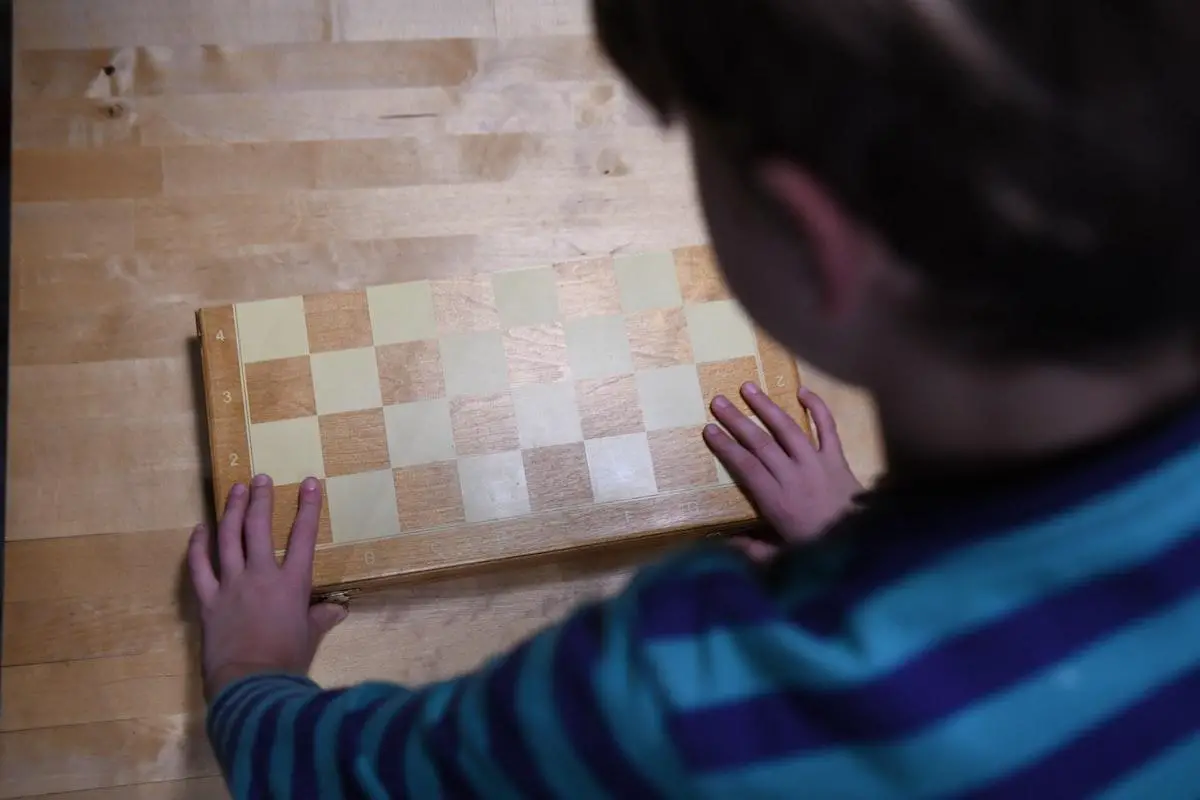Chess is a classic game that has been played for centuries. It is a game of strategy and skill that requires a great deal of thought and planning. The knight is one of the most important pieces on the board, and mastering its movement is essential to becoming a successful chess player. In this article, we will discuss the definition of chess, the definition of the knight piece, and how does the knight move in chess. We will also look at some basic strategies for using the knight to your advantage. With this knowledge, you can become a master of the knight and take your chess game to the next level.
Master the Knight’s Movement to Win at Chess

The Knight is an essential piece in the game of Chess, and mastering its movement is key to success. The Knight is the only piece on the board that can jump over other pieces, and its movement is unique in that it does not move in a straight line. The Knight moves in an “L” shape, two squares horizontally and then one square vertically, or two squares vertically and one square horizontally. This means that the Knight can move to any of the eight squares surrounding it, as long as there is not another piece blocking its path. It can move in any direction and can even jump over pieces. Knowing the basic rules of movement for the Knight is essential to success in the game of Chess.
When it comes to specifics of movement, the Knight is limited in the number of squares it can move to. It is important to note that the Knight cannot move to the same square twice in one turn. The Knight is also limited by the presence of other pieces on the board. If the Knight is blocked by another piece, it cannot move to the square. Additionally, the Knight cannot move to a square occupied by a piece of the same color. Finally, the Knight can be used to checkmate the opponent’s king when it is the only piece left on the board.
By following these rules and understanding the basics of the Knight’s movement, players can master the Knight and use it to their advantage in the game of Chess.
Master Advanced Knight Movement Tactics for Chess

The knight is one of the most powerful pieces on the chessboard and its movement can be used to great effect. Advanced knight movement involves the use of three specialized tactics: pinning, forks, and discovered check. Pinning is when a knight is placed in a position where it can attack an enemy piece, but the enemy piece is unable to move without exposing a more valuable piece to capture. Forks occur when a knight is placed in a position to attack two enemy pieces at once. Finally, a discovered check happens when a knight moves to attack an enemy piece and reveals a check from another piece. These three tactics can be used to great effect in order to gain an advantage in the game. Mastering the knight’s movement is essential for any chess player looking to improve their game.
Mastering the Knight: Essential for Chess Success
The Knight is one of the most versatile pieces in chess and mastering its movement is essential for success. When defending the King, the Knight can be used to protect important squares. It can also be used to attack the King by creating forks, pins, and skewers. In some cases, it may be necessary to sacrifice the Knight in order to gain a winning advantage. When considering how the Knight moves in chess, it is important to remember that it moves in an L-shape. This means it can move two squares in one direction and then one square in a perpendicular direction. Knowing this allows players to plan ahead and make strategic moves that will give them the upper hand.
Mastering the Knight: Strategies for Winning Chess
In conclusion, the knight is a powerful piece in chess and mastering it can be the difference between a win and a loss. The knight moves in an L-shape, two squares in one direction and then one square to the side. This movement can be used to control the board, attack pieces, and defend your pieces. When using the knight, it is important to remember that it can jump over other pieces, making it a great piece to use when trying to control the center of the board. Additionally, the knight can be used to set up forks and pins, allowing you to attack multiple pieces at once. With practice and understanding of the knight’s movement and strategies, you can become a master of the knight and have a better chance of winning your next game.
How Does the Knight Move in Chess? FAQs to Master the Knight
One of the most important pieces in a game of chess is the knight. It is the only piece that can jump over other pieces, making it an invaluable asset to any player. Learning how the knight moves in chess is essential to becoming a successful player. In this FAQ section, we’ll answer some of the most common questions about the knight’s movement.
How does the knight move in chess?
The knight moves in an L-shape, two squares horizontally and one square vertically, or two squares vertically and one square horizontally. It can jump over any other pieces, which makes it a powerful piece of the game.
Can the knight move backwards?
Yes, the knight can move backwards as long as it follows the L-shape movement pattern.
Can the knight move diagonally?
No, the knight cannot move diagonally.
How many squares can the knight move in one turn?
The knight can move up to eight squares in one turn, depending on the position of the other pieces on the board.
Does the knight stay on the same color square?
Yes, the knight always stays on the same color square.
How can the knight be used in a game of chess?
The knight is a powerful piece in a game of chess. It can be used to attack other pieces and create checkmate positions. It can also be used to defend your own pieces and protect your king.